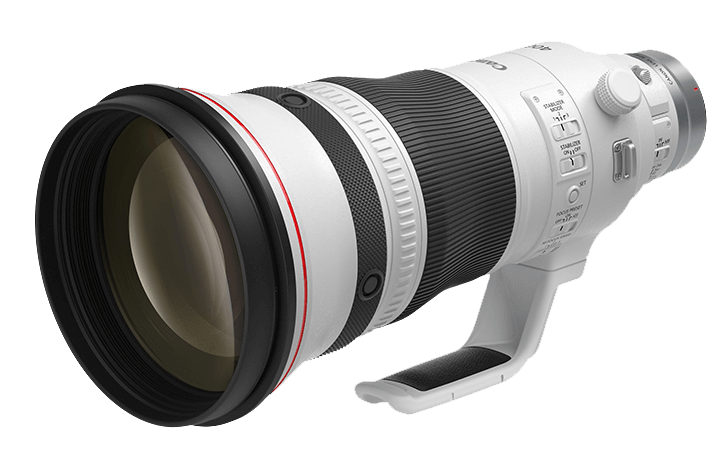The Canon USA store has stock of the brand new Canon RF 400mm f/2.8L IS USM & Canon RF 600mm f/4L IS USM. Stock levels are very limited and these lenses will likely be difficult to purchase for the foreseeable future.
One of the cool features of the upcoming Canon EOS R3 is its ability to send more power to the autofocus motors to improve performance. The EF versions of these lenses are not capable of this feature.
Some of our articles may include affiliate links. If you purchase through these links, we may earn an affiliate commission at no extra cost to you.


The original post concludes “The EF versions of these lenses are not capable of this feature”, referring to “Dual Power AF” I expect. Can anyone provide further information/sources to confirm current generation EF superteles are not capable of this?
There is some information in this article on the Canon Europe site:
https://www.canon-europe.com/pro/stories/vladimir-rys-super-telephoto-lenses/
I’ve come across other snippets too, but there seems to be ambiguity about whether the RF superteles and R3 have a brand new feature in Dual Power AF or whether this is effectively the same as the 1D series and EF superteles already have. It may just be the first appearance of it in the R ecosystem.
I know the LP-E19 battery with its higher voltage is one key factor in driving the focus of superteles faster than when used on lower tier bodies. Also, the R mount has four more electrical contacts than EF, but they are for enhanced communication. Both the LP-E19 and large optical groups in superteles are common to both EF and R ecosystems and I’m not sure what to believe.
A follow up question: If EF versions of new RF superteles are not capable of receiving more power for the autofocus motors from the R3, will they focus on the R3 with similar speed as on the 1DX III – surely not slower??
In any event I’m hoping production R3 reviews will include comparisons of focus speeds, for example between the same EF supertele (current generation) on both an R3 (adapted) and on a 1DX III, as well as between EF III and RF versions of the same supertele on an R3.
Podcast Episode
Official canon tech podcast, second episode "Canon EOS R3 - Your questions answered", 54 minutes 40 seconds in.
Does not compare RF to EF just talks about the dual power system on R3.
Edit: Just listened to the third podcast "New kit special: Canon EOS R3 & RF lenses" and it indeed confirms the dual power AF is unique to RF superteles and not present on EF equivalents. 22 minutes in. R3 and RF 400 2.8 supplies more power and can focus faster than 1DX3 and EF 400 2.8L IS III
Hopefully the focus speed of an EF supertele on an R3 will be comparable to on a 1DX III. But an RF supertele will be faster again.